
Family location services company Life360 has launched a new notification for its apps to automatically alert friends and family when you reach a destination after taking a flight.
Life360 said that the feature uses phone sensors to measure location, altitude and speed to determine if you are taking a flight.
Plus, its algorithms can detect takeoff and landing times, and alert family members when you connect to the network post-landing.
The company said the landing notification feature is a useful alternative to online flight trackers or waiting for the traveler to send updates to their circle.
The company’s CEO Chris Hulls told TechCrunch that the company wants to focus on safety and protection updates for users’ inner circle.
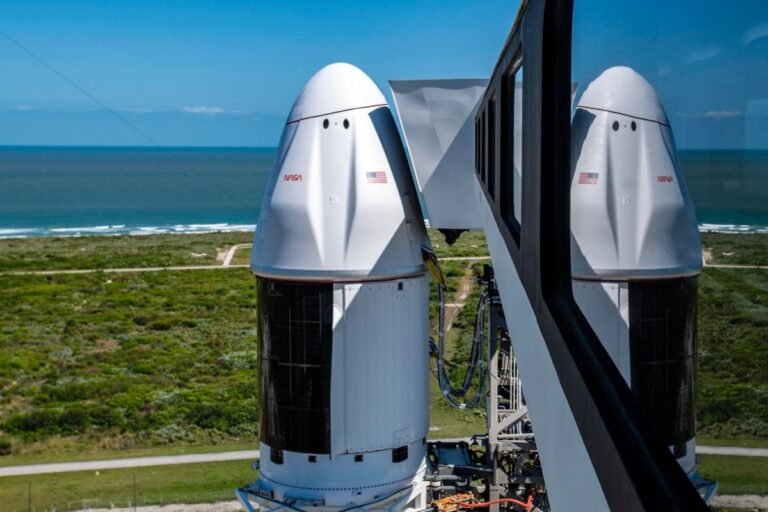
SpaceX has performed 13 crewed missions, and all of them launched from Launch Complex 39A at NASA’s Kennedy Space Center.
But the company has long intended to upgrade a second pad — SLC-40 at the neighboring Cape Canaveral Space Force Station — to expand its crew launch capacity.
Teams test the new emergency chutes from the pad 40 crew tower in Florida pic.twitter.com/rWVj7zaHp0 — SpaceX (@SpaceX) March 19, 2024As a next step, SpaceX is going to launch the CRS-30 cargo resupply mission.
In a media teleconference in February, SpaceX’s VP of build and flight reliability, Bill Gerstenmaier, said the cargo flight is an incremental step to astronaut launches.
“We would like to do a cargo flight first if we can.
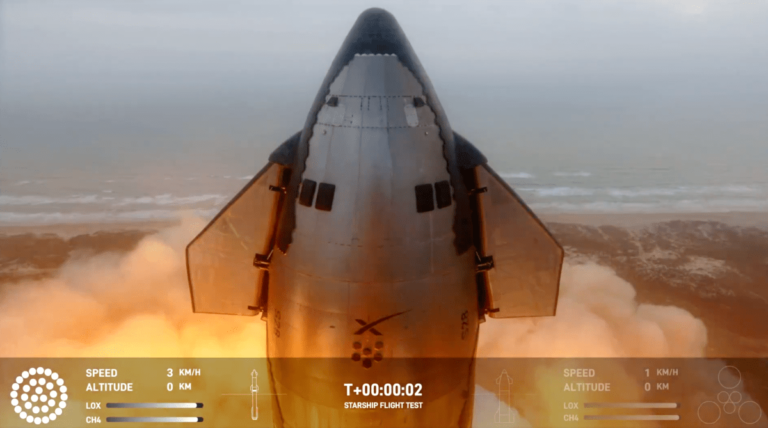
SpaceX is continuing to make progress on the development of Starship, the largest rocket ever built, with the third test flight Thursday accomplishing considerably more than the previous two tests.
The 400-foot-tall Starship rocket lifted off from SpaceX’s Starbase facility in southeastern Texas at 8:25 a.m. local time.
Although SpaceX has been developing Starship for years, this is only the third time the company has attempted an orbital mission.
The hot-staging technique was performed for the first time, ever, during the second Starship test flight last November.
SpaceX CEO Elon Musk congratulated the team on X, saying, “Starship reached orbital velocity!”Starship reached orbital velocity!
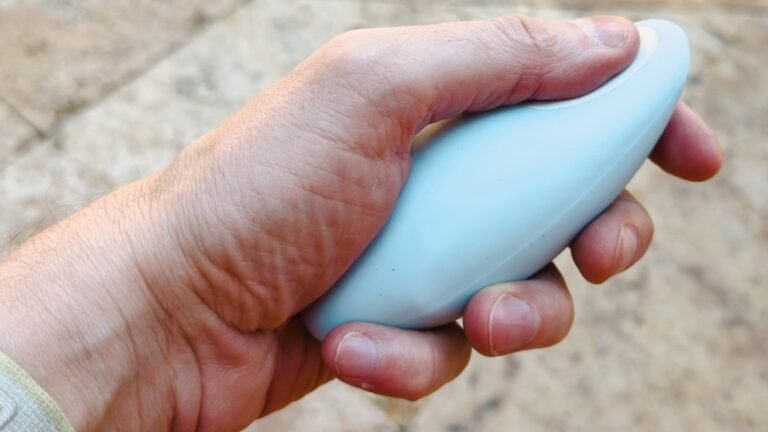
We had the idea of developing a device — a physical thing — that helps by breathing with you.
The device is designed to activate the parasympathetic nervous system, promoting relaxation without continuous app connectivity.
The device works without an app, so even if the Moonbird company were to disappear, the product itself will continue to work.
By focusing on activating the parasympathetic nervous system, the theory is that the device will help users achieve a state of relaxation and calm.
“The lack of subscription also means that you can share your device with other people if you want.”
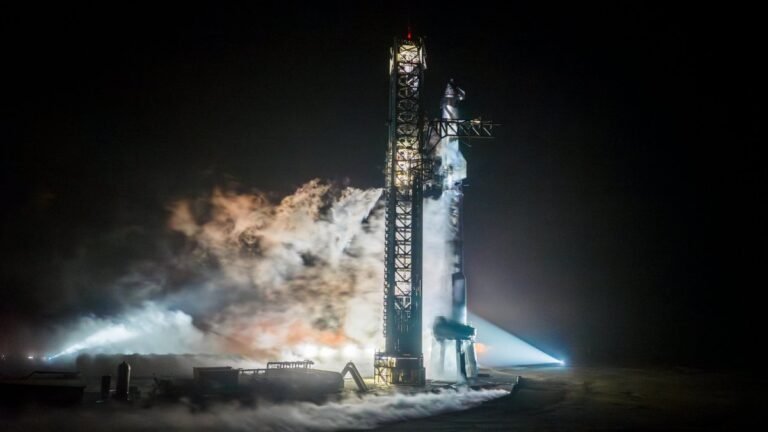
SpaceX is aiming to launch its massive Starship rocket for the third time as soon as March 14, the company confirmed in a social media post Wednesday.
SpaceX is still awaiting regulatory approval from the Federal Aviation Administration for the launch, without which Starship will remain grounded.
SpaceX conducted the first Starship orbital flight test last April; there was a seven-month gap between it and the second test, which took place last November.
Both ended with mid-air explosions of the Super Heavy booster and the upper stage (which is also called Starship).
Meanwhile, the Starship upper stage will continue its ascent to orbit.
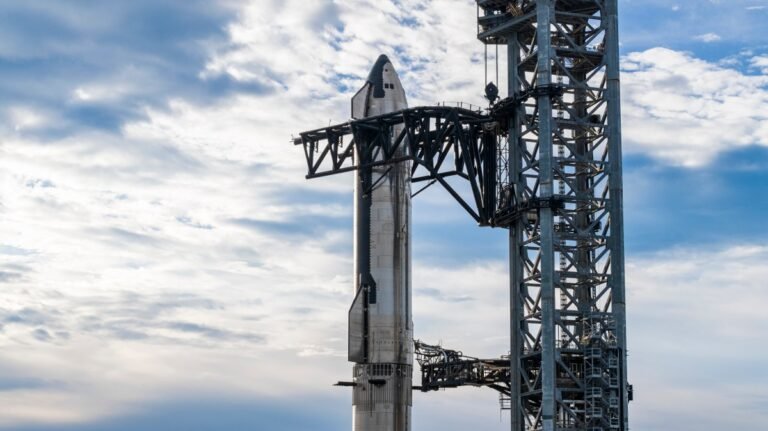
The Federal Aviation Administration has concluded its review of SpaceX’s investigation of the second Starship launch in November, with the regulator saying Monday that it accepted the “root causes and 17 corrective actions” identified by the company.
While this means the investigation is now closed, SpaceX must implement all the corrective actions and apply for a modified launch license before it can fly Starship again.
When any rocket launch encounters catastrophic issues during flight, the FAA opens what’s known as a “mishap investigation” — that’s what’s happened here.
After the first test, the FAA directed SpaceX to complete 63 corrective actions.
“More Starships are ready to fly, putting flight hardware in a flight environment to learn as quickly as possible.
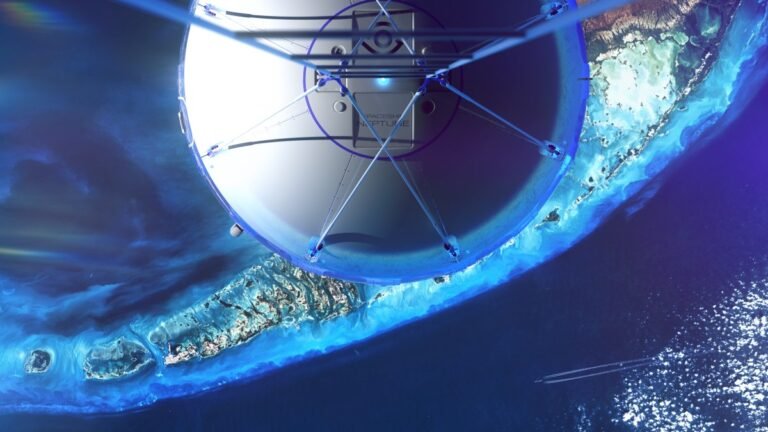
The husband-and-wife duo departed World View in 2018; the following year, they started another balloon company, Space Perspective, this time squarely focused on ultra-high-altitude tourism.
Space Perspective, which aims to commence commercial service as soon as the end of this year, is entering a nascent market: its closest competitors are Virgin Galactic and Blue Origin, which offer rides to suborbital space.
There’s duration: a flight on New Shepard takes 11 minutes from lift-off to landing; Space Perspective’s will last six hours.
Simultaneously, Space Perspective is working with the U.S. Coast Guard, which maintains regulatory authority over space-related activities that occur in water.
One notable difference is development costs: Space Perspective has raised $77 million from investors since 2019, while Virgin Galactic has spent more than $1 billion developing its system.

Ingenuity, the small helicopter that’s been buzzing around the Red Planet for almost three years, has taken its final flight.
NASA announced today that at least one of the helicopter’s carbon fiber rotor blades was damaged during its last mission, grounding it for good.
As NASA Administrator Bill Nelson explained in a statement today, Ingenuity was up against the very, very thin Martian atmosphere, which is less than 1% as dense as Earth’s.
It arrived on the Red Planet attached to the underside of the Perseverance rover, which is still active on Mars’ surface.
Just last week, NASA experienced a two-day communications blackout with the little helicopter after it conducted what turned out to be its final flight.

Ingenuity, the small helicopter that’s been buzzing around the Red Planet for almost three years, has taken its final flight.
NASA announced today that at least one of the helicopter’s carbon fiber rotor blades was damaged during its last mission, grounding it for good.
As NASA Administrator Bill Nelson explained in a statement today, Ingenuity was up against the very, very thin Martian atmosphere, which is less than 1% as dense as Earth’s.
It arrived on the Red Planet attached to the underside of the Perseverance rover, which is still active on Mars’ surface.
Just last week, NASA experienced a two-day communications blackout with the little helicopter after it conducted what turned out to be its final flight.

When it comes to startups’ flight to quality, have we swung too far in the other direction?
Hello, and welcome back to Equity, the podcast about the business of startups, where we unpack the numbers and nuance behind the headlines.
This is our new Saturday show, where we sit down with a guest, think about their work, and unpack the rest.
This week, we talked to Jenny Fielding, co-founder and managing partner at Everywhere Ventures, a founder collective and early-stage (think pre-seed) venture firm.
Jenny and I discussed a wide variety of topics, including startups’ flight to quality in 2024 and how smaller firms are competing with larger firms in the current investment landscape.













